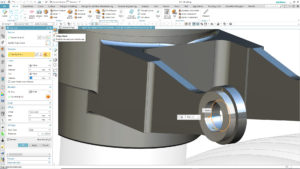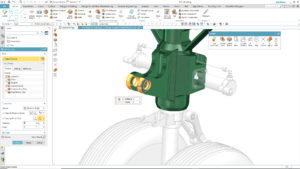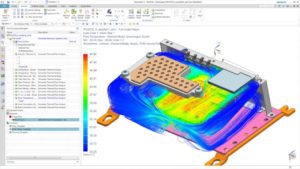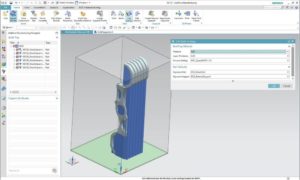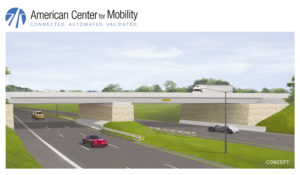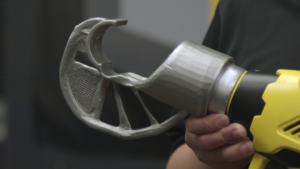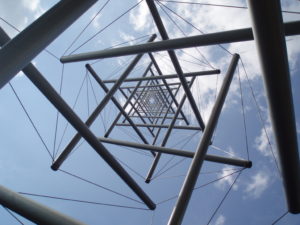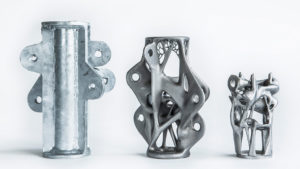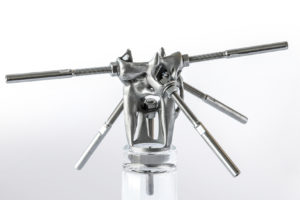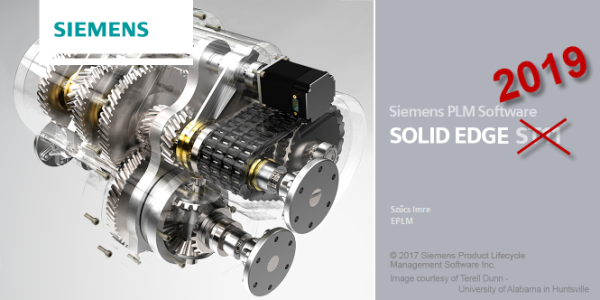The latest version of Simcenter 3D software includes enhancements for low- and high-frequency electromagnetic solutions to help accelerate electromagnetics simulation processes. This version advances simulation capabilities with increased multidisciplinary integration capabilities, faster CAE process, increased openness and scalability, and enhanced capabilities to integrate with the digital thread.

Including electromagnetic simulation into Simcenter 3D enables engineers to perform electromagnetic simulation faster than with traditional simulation tools and streamline multiphysics workflows between electromagnetic and other physical simulations.
Additional enhancements to Simcenter 3D include:
• Faster CAE Processes: A new immersed boundary method helps engineers spend less time modeling for computational fluid dynamics (CFD) analysis. Engineers can also instantaneously compute new configurations for flexible hoses and pipes after a design configuration change.
• Open and Scalable Environment: Engineers can use calculated vibrations from common third-party finite element (FE) solvers, ANSYS and Abaqus, and apply those vibrations as loading in a structural or vibro-acoustic solution in Simcenter 3D, which can lead to a better understanding of how vibrations will impact perceived sound by end-customers.
• Tied to the Digital Thread: An enhanced interface between Simcenter 3D and Simcenter Testlab software helps engineers better collaborate with colleagues in the test group. New capabilities available in Teamcenter Simulation help engineers quickly identify which simulations are impacted after a design change.
Siemens Digital Industries Software
new.siemens.com/global/en/




